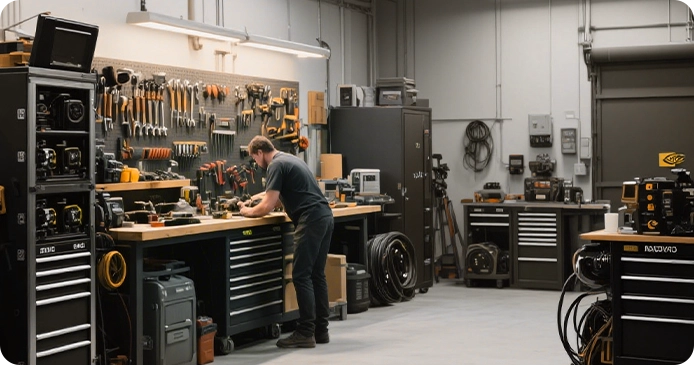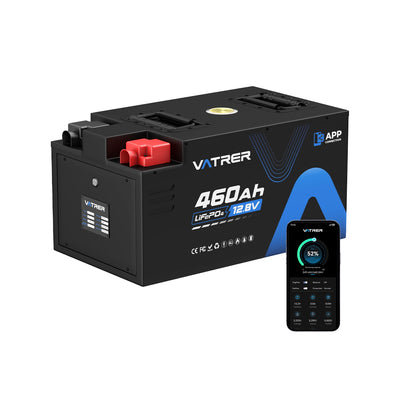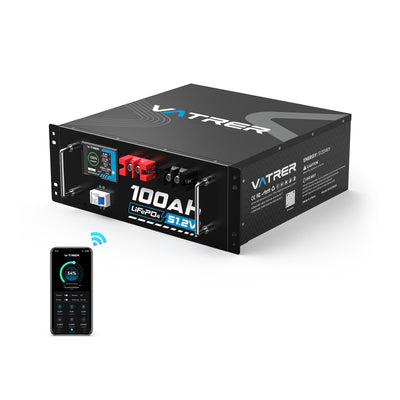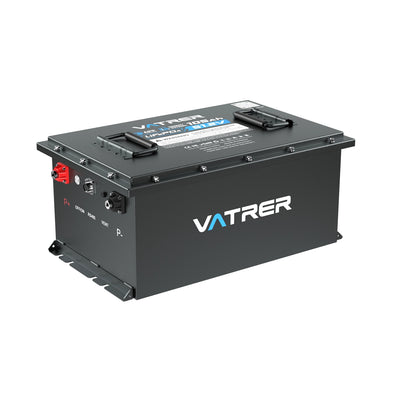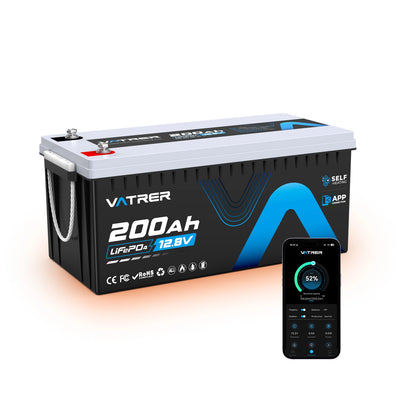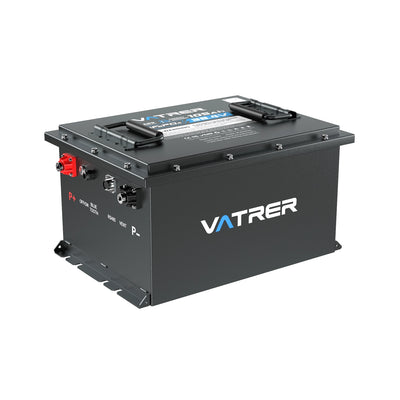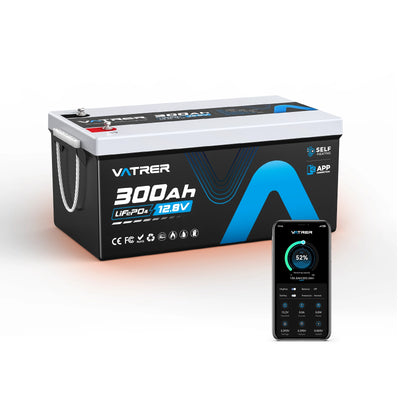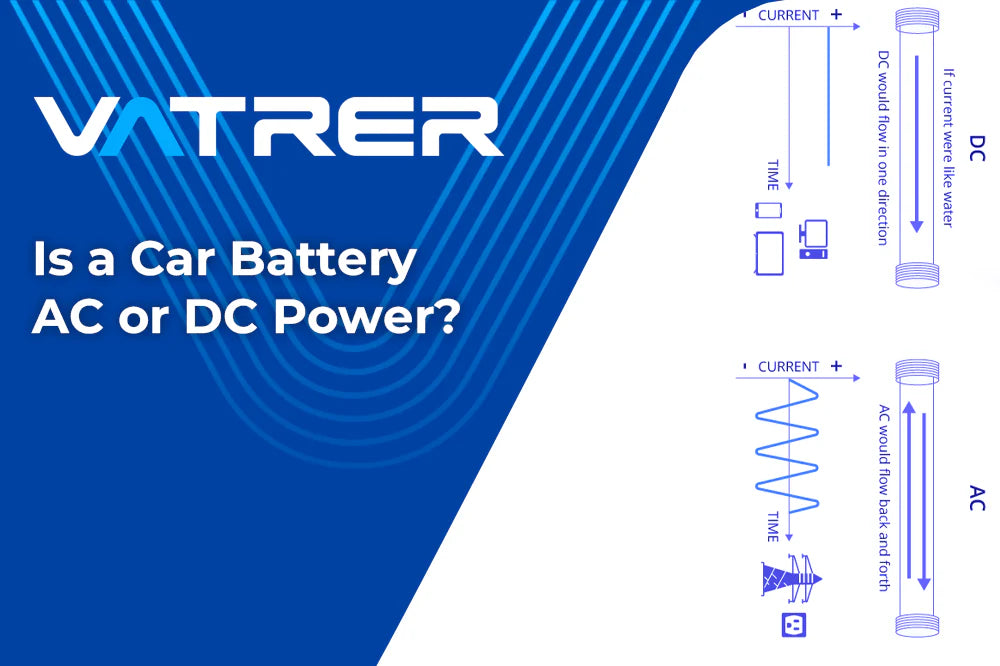
Is a Car Battery AC or DC Power?
Table of Contents
- 1. Introduction
- 2. Understanding Electrical Current
- Definition and Characteristics of AC (Alternating Current)
- Definition and Characteristics of DC (Direct Current)
- 3. Car Battery Basics
- 4. Comparison of AC and DC in Automotive Context
- 5. Charging Systems in Cars
- 6. Technological Advances and Future Trends
- 7. Conclusion
1. Introduction
Overview of Car Battery Power Types
Car batteries are essential components in modern vehicles, providing the necessary power to start the engine and run electrical systems. Understanding the type of power they use is crucial for both maintenance and technological advancement. The primary question that arises is whether car batteries operate on Alternating Current (AC) or Direct Current (DC). This paper aims to explore this question in depth, providing a comprehensive understanding of the power types involved in automotive batteries.
Importance of Understanding AC and DC Power
The distinction between AC and DC power is fundamental in the field of electronics and electrical engineering. AC power, characterized by its ability to change direction periodically, is commonly used in household and industrial applications. In contrast, DC power flows in a single direction, making it suitable for applications requiring stable and consistent voltage. Understanding these differences is crucial for anyone involved in automotive technology, as it impacts everything from battery design to vehicle performance.
2. Understanding Electrical Current
Definition and Characteristics of AC (Alternating Current)
Alternating Current (AC) is a type of electrical current in which the flow of electric charge periodically reverses direction. This is the form of electricity commonly delivered to homes and businesses, as it is efficient for long-distance transmission. AC power is characterized by its frequency, measured in hertz (Hz), which indicates the number of cycles per second. The ability to easily transform voltages using transformers is one of AC's significant advantages, making it ideal for power distribution.
Definition and Characteristics of DC (Direct Current)
Direct Current (DC), on the other hand, is a type of electrical current where the flow of electric charge is unidirectional. DC power is used in many applications where a stable and constant voltage is required, such as in electronic devices and battery-powered systems. Unlike AC, DC cannot be easily transformed to different voltages, which is a limitation in some contexts. However, its stability makes it indispensable for applications like car batteries, where consistent power delivery is crucial.

3. Car Battery Basics
Structure and Function of Car Batteries
Car batteries are typically lead-acid batteries, consisting of lead dioxide and sponge lead plates submerged in an electrolyte solution of sulfuric acid. This chemical composition allows the battery to store and release electrical energy through electrochemical reactions. The primary function of a car battery is to provide the initial power needed to start the engine and to supply energy to electrical components when the engine is off.
Why Car Batteries Use DC Power
Car batteries use DC power because it provides a stable and consistent voltage necessary for starting the engine and powering the vehicle's electrical systems. DC power is ideal for automotive applications because it ensures that components such as lights, radios, and electronic control units receive a steady flow of electricity. Additionally, all batteries inherently store and release energy in the form of DC, making it the natural choice for car batteries.
4. Comparison of AC and DC in Automotive Context
Advantages and Disadvantages of AC and DC
In the automotive context, DC power offers several advantages, including stability, reliability, and compatibility with battery storage. However, it lacks the ability to easily change voltage levels, which can be a limitation in some applications. AC power, while not used in car batteries, is advantageous for its efficiency in power transmission and ability to be transformed to different voltages. However, its periodic reversal of direction makes it unsuitable for applications requiring constant voltage.
Applications of AC and DC in Vehicles
While car batteries use DC power, AC power is also present in vehicles, primarily through the alternator. The alternator generates AC power, which is then converted to DC to charge the battery and power the vehicle's electrical systems. This dual use of AC and DC highlights the importance of understanding both power types in automotive technology.
|
Feature |
AC in Automotive Context |
DC in Automotive Context |
|---|---|---|
|
Current Flow |
Alternates direction periodically |
Flows in a single, constant direction |
|
Usage |
Primarily used in electric vehicle motors |
Used in vehicle batteries and electronics |
|
Charging Infrastructure |
AC charging is slower (Level 1 and 2) |
DC fast charging (Level 3) is much quicker |
|
Efficiency |
Generally less efficient for storage |
More efficient for storage in batteries |
|
Conversion |
Requires inverters to convert to DC for use |
Directly used by most vehicle electronics |
|
Maintenance |
AC motors require less maintenance |
DC systems can be more complex to maintain |
|
Application |
Suitable for high-efficiency motor control |
Ideal for powering electronic components |
|
Voltage Transformation |
Easily transformed using transformers |
Voltage conversion requires more complex systems |
This table highlights the key differences and applications of AC and DC in the automotive industry, focusing on their roles in electric vehicles and charging systems.
5. Charging Systems in Cars
Role of the Alternator
The alternator is a critical component in a vehicle's charging system. It converts mechanical energy from the engine into electrical energy in the form of AC. This AC power is then rectified into DC to charge the car battery and supply power to the vehicle's electrical systems. The alternator ensures that the battery remains charged and that the vehicle's electrical demands are met while the engine is running.
Conversion of AC to DC for Battery Charging
The conversion of AC to DC is achieved through a rectifier, typically composed of diodes, which allows current to flow in only one direction. This conversion is essential for charging the car battery, as batteries can only store and release DC power. The rectification process ensures that the battery receives a consistent and stable voltage, prolonging its lifespan and maintaining its performance.
6. Technological Advances and Future Trends
Innovations in Battery Technology
Recent advancements in battery technology, such as lithium-ion and solid-state batteries, are transforming the automotive industry. These innovations offer higher energy densities, faster charging times, and longer lifespans compared to traditional lead-acid batteries. As electric vehicles become more prevalent, the demand for efficient and reliable battery technology continues to grow, driving further research and development in this field.
Potential Shifts in Power Types for Automotive Use
While DC power remains the standard for car batteries, future trends may see a shift in how power is utilized in vehicles. The integration of renewable energy sources and advancements in power electronics could lead to new applications of AC power in automotive systems. However, the inherent characteristics of DC power make it unlikely that it will be replaced as the primary power type for car batteries.
7. Conclusion
Summary of Key Points
In summary, car batteries are unequivocally DC power sources, providing the stable and reliable electricity necessary for automotive applications. The distinction between AC and DC power is crucial for understanding the operation and maintenance of car batteries. While AC power plays a role in the charging system through the alternator, the battery itself relies on DC power for its operation.
Final Thoughts on the Significance of DC Power in Car Batteries
The use of DC power in car batteries is fundamental to their function and performance. As automotive technology continues to evolve, the importance of understanding and optimizing DC power systems remains critical. Whether through advancements in battery technology or the integration of new power sources, the role of DC power in vehicles will continue to be a key area of focus for engineers and researchers alike.
Share
































